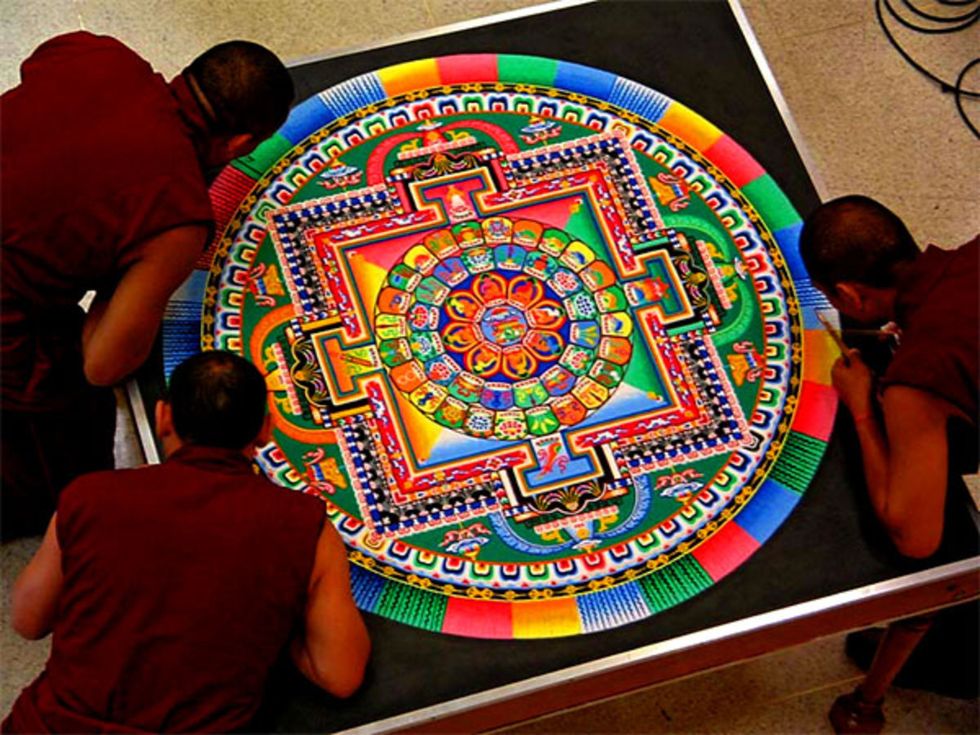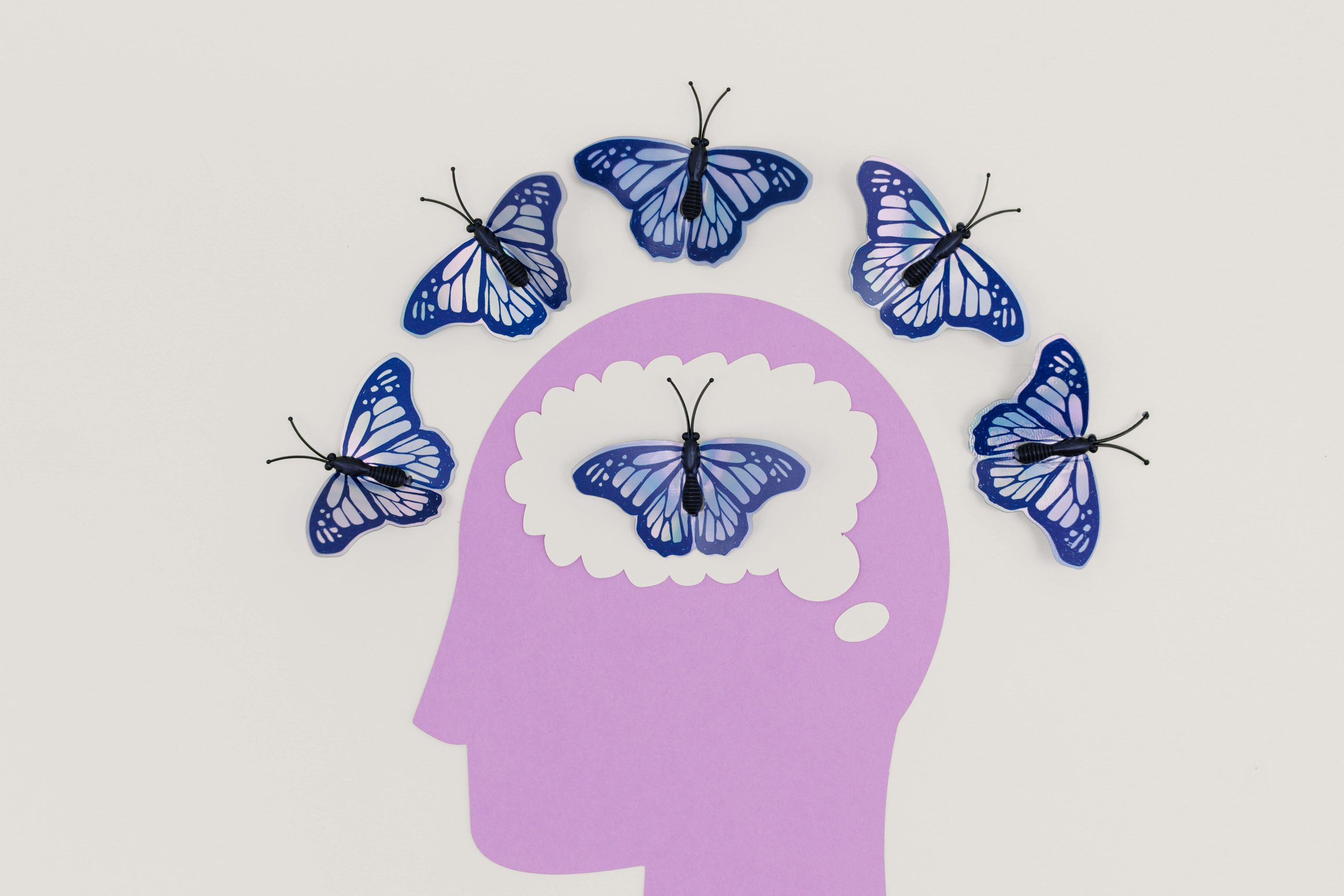The Memory Palace technique has been around since ancient times, but it remains one of the most effective ways to retain large amounts of information. Also known as the “method of loci,” the technique is relatively simple in practice but sounds complex to explain. In essence, we can remember vast amounts of information by associating each detail or fact with specific objects, which are in turn held inside a specific place, which are in turn held inside our minds.
The ancient Greeks used this technique to remember ancient texts, and even older civilizations may have practiced the art of mapping one’s memories onto a physical place. Some Buddhist scholars believe that mandalas—intricate, spiraling visualizations used in the Tantric arts—are versions of memory palaces that allow practitioners to recall deep-rooted, buried knowledge about the true nature of reality.

In modern times, the Memory Palace has been used as a device in popular fiction; famously, it was used by Hannibal Lector and Sherlock Holmes. (“I consider that a man’s brain originally is like a little empty attic, and you have to stock it with such furniture as you choose,” Holmes once told Watson).
The Memory Palace has also served real humans quite well. For example, one modern memory expert named Akira Haraguchi used the technique to memorize over 100,000 digits of Pi. A recent study published in Neuron found that people who spent six weeks developing a Memory Palace nearly doubled the number of words they could remember in a short time period. Brain scans also revealed that simply by practicing the Memory Palace technique, the participants’ brain activity began to resemble that of the world’s top memory champions. The study also concluded that you don’t have to be a natural memory champion to become one—all it takes is practice.
Joshua Foer chronicled his experiences with Memory Palaces in the book Moonwalking with Einstein. “When information goes ‘in one ear and out the other,’ it’s often because it doesn’t have anything to stick to,” he writes.
Feats of memory anyone can do | Joshua Foerwww.youtube.com
But Memory Palaces give us something to cling to, somewhere where scattered details can be stored safely. It turns out our minds are just wired to associate memory with physical places. In his research, Foer found that most expert memory athletes were engaging two primary aspects of their brains: spatial navigation and visual memory—exactly the areas that the Memory Palace technique utilizes.
By strengthening his own memory using the Memory Palace technique, not only was Foer able to compete in memory competitions; he also developed a greater appreciation for the world around him. “How we perceive the world and how we act in it are products of how and what we remember. We’re all just a bundle of habits shaped by our memories,” he concludes. “And to the extent that we control our lives, we do so by gradually altering those habits, which is to say the networks of our memory… Our ability to find humor in the world, to make connections between previously unconnected notions, to create new ideas, to share in a common culture: All these essentially human acts depend on memory. Now more than ever, as the role of memory in our culture erodes at a faster pace than ever before, we need to cultivate our ability to remember. Our memories make us who we are.”
So with all that said, here’s how to build your very own Memory Palace.
Step One: Pick a Place
A Memory Palace can be any familiar place that is easy to visualize, such as your home or a location you frequent. It’s important that you’re familiar with all the details of this place, so that you can easily conjure an image of it in your mind. It is possible to create a Memory Palace that is not real, though most experts suggest that beginners start with a place they know quite well.
Step Two: Map Your Route
Memory Palaces are effective not only because they work as visual aids, but also because they use spatial orientation to help you map information onto your memory. So now that you’ve imagined a place, it’s time to pick an imaginary route and walk through it. Visualize the exact steps that you’ll take. What rooms are you walking through? What do you see in them? The more you practice your route, and the deeper you burn the details into your mind, the more effective this process will be. Make mental notes of exactly what you see in each room; you’ll use these objects to store memories later. You might even draw out a floor plan of the palace to help encode it more deeply in your brain, and use arrows to draw out your travels from room to room. Be sure you’re an absolute expert in this step before moving forward.
Step Three: Deposit Your Memories
Now that you have a crystal clear image of your route and your place, it’s time to start encoding your memories. The Memory Palace works like this: As you walk along your route, place different details you want to remember into different objects or images. In the future, you’ll use those objects to trigger memories of those details.
These factoid-object associations actually work best if they’re a bit on the absurd side. For example, if you’re trying to remember a grocery list, you might try to associate orange juice with the grandfather clock in the living room, or let your imagination run wild.
“The best memorizers place the most flamboyant, bizarre, crude and lewd images and scenes (and their actions) in their memory palaces,” writes Austin Frankt in The New York Times. “The more distinctive, the more easily they’re recalled. This is why the Puritans recoiled from the method of loci — they knew students were relying on “impure” and idolatrous imagery — and it fell out of favor as an educational tool.” So, especially as you grow more creative with your details, you might try filling up some rooms in your palace with peculiar, lewd, extremely beautiful, or otherwise memorable objects.
Step Four: Practice
As with all things, practice makes perfect. Spend 15 minutes a day or so walking through your palace and working on your associations, making sure they’re vivid and clear in your mind. Make a list of all your associations, and continue to travel through the house in your mind until your memory-object associations are second nature.










